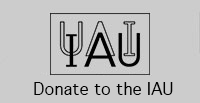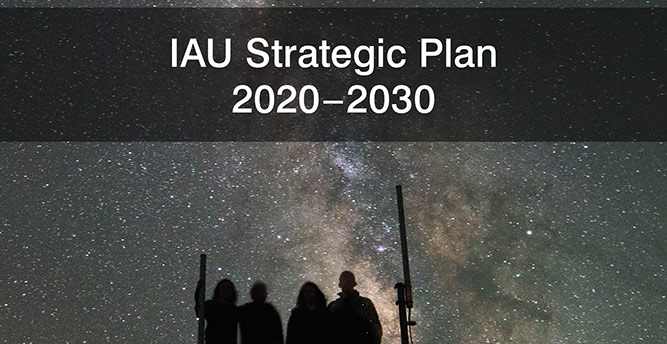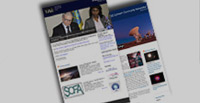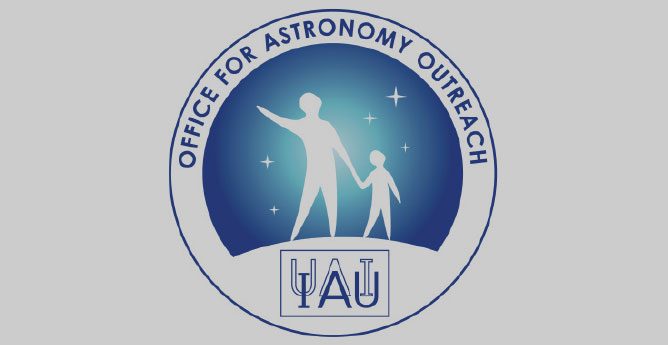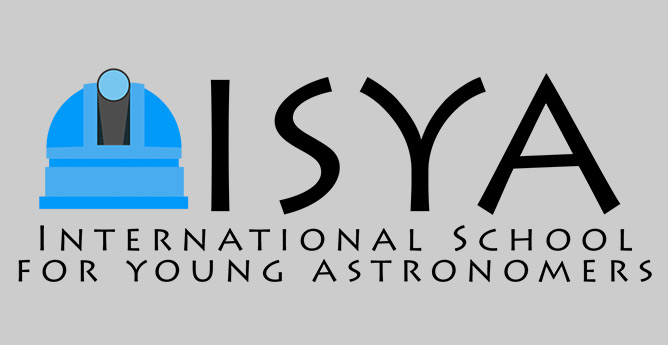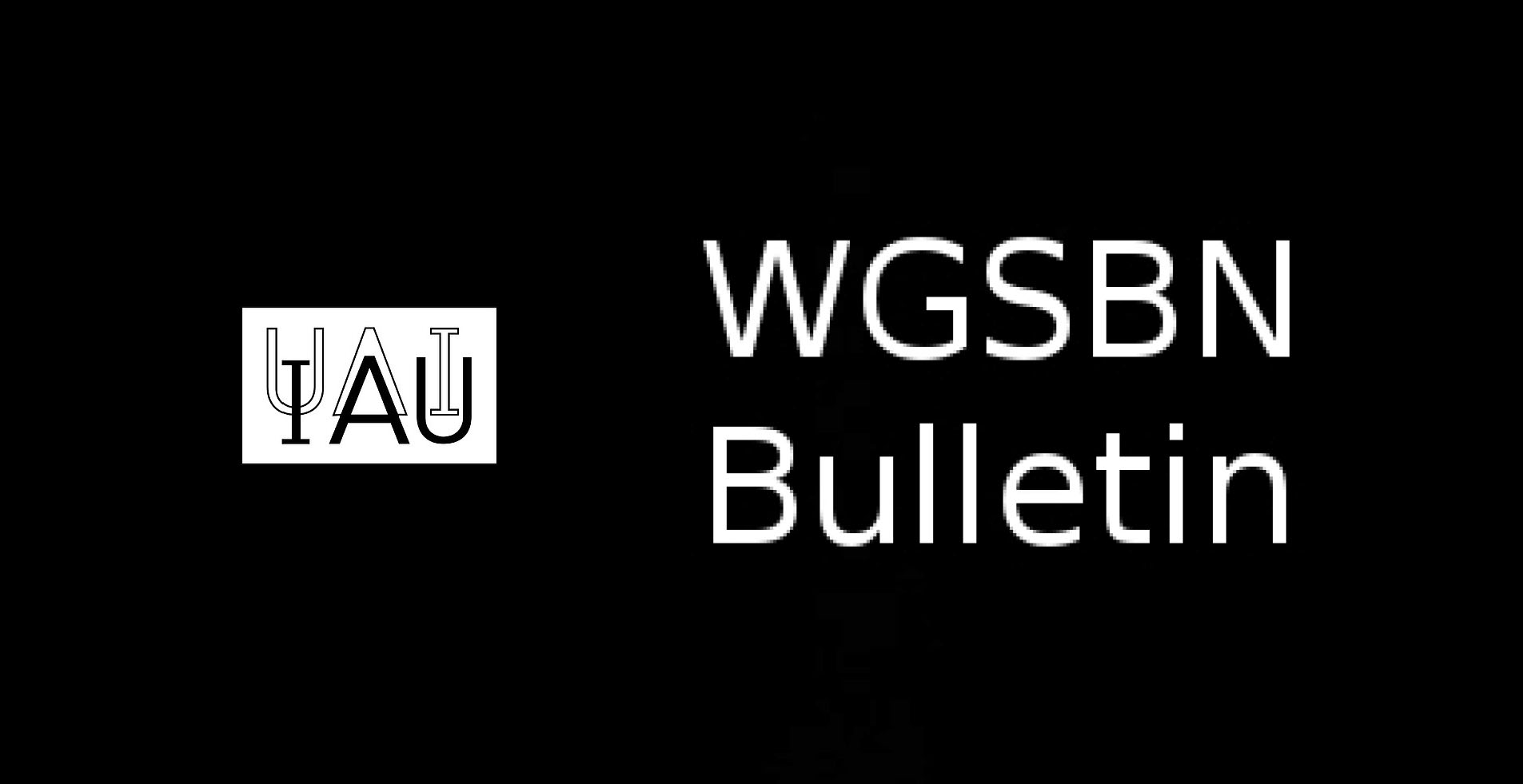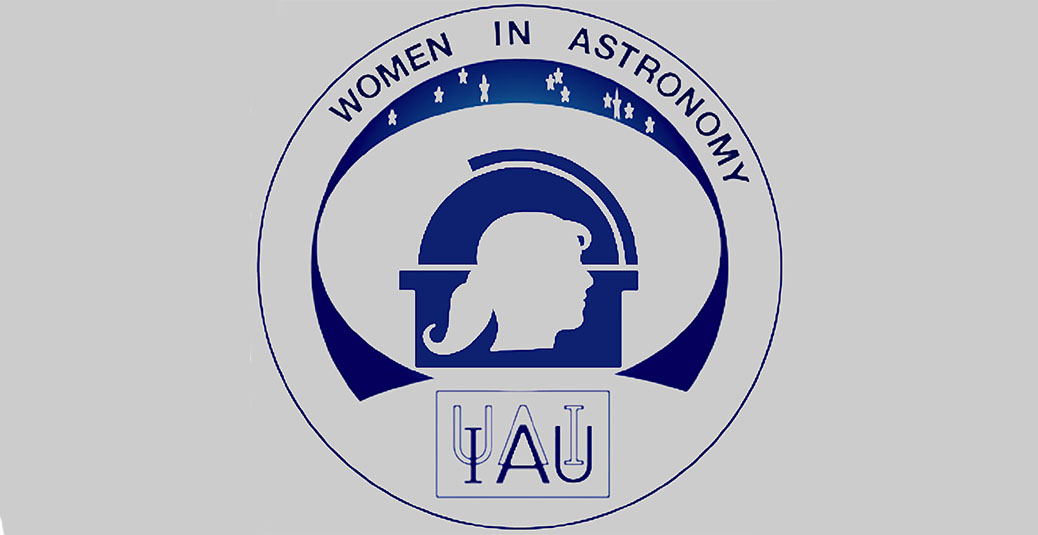- News
- Science
- Scientific Bodies
- Divisions
- Commissions
- Commission A1 Structure
- Commission A2 Structure
- Commission A3 Structure
- Commission A4 Structure
- Commission B1 Structure
- Commission B2 Structure
- Commission B3 Structure
- Commission B4 Structure
- Commission B5 Structure
- Commission B6 Structure
- Commission B7 Structure
- Commission C1 Structure
- Commission C2 Structure
- Commission C3 Structure
- Commission C4 Structure
- Commission C5 Structure
- Commission D1 Structure
- Commission E1 Structure
- Commission E2 Structure
- Commission E3 Structure
- Commission E4 Structure
- Commission F1 Structure
- Commission F2 Structure
- Commission F3 Structure
- Commission F4 Structure
- Commission G1 Structure
- Commission G2 Structure
- Commission G3 Structure
- Commission G4 Structure
- Commission G5 Structure
- Commission H1 Structure
- Commission H2 Structure
- Commission H3 Structure
- Commission H4 Structure
- Commission J1 Structure
- Commission J2 Structure
- Commission J3 Structure
- Commission X1 Structure
- Commission X2 Structure
- Past Commission Organising Committees
- Working Groups
- Centres
- Scientific Meetings
- Rules & Guidelines
- General Assemblies
- Meeting Proposals
- Future IAU Meetings
- General Assemblies
- EC Meetings
- Officers' Meetings
- Regional Meetings
- Symposia
- Focus Meetings
- Institutional Meetings
- IAU Offices Meetings
- IAU-Sponsored Meetings
- Letters of Intent submitted for 2024
- Letters of Intent submitted for 2023
- Letters of Intent submitted for 2022
- Letters of Intent submitted for 2021
- Letters of Intent submitted for 2020
- Past IAU Meetings
- Templates
- Other Meetings
- Grants & Prizes
- Scientific Bodies
- Publications
- IAU Publications
- IAU Strategic Plan
- Symposia
- WGSBN Bulletins
- Regional Meetings
- Information Bulletins/Catalyst
- E-Newsletters
- Focus Meetings
- Transactions A
- Transactions B
- Related Publications
- GA Newspapers
- CAPjournal
- IAU Books
- Brochures
- IAU Offices
- WG Reports
- Commission Reports
- Division Reports
- Past IAU Publications
- Rules, Guidelines and Instructions for Proceedings
- Publishers
- IAU Publications
- Administration
- About the IAU
- Statutes & Rules
- IAU Policies
- IAU Executive Bodies
- IAU Secretariat
- Resolutions
- Members Administration
- Administrative Dates & Deadlines
- International Organisations Relations
- Donate to the IAU
- Training in Astronomy
- Astronomy for Education
- Astronomy for Development
- Astronomy for the Public
- Office for Astronomy Outreach
- FAQ
- Themes
- Satellite Constellations
- Astronomy in Everyday Life
- How to Report a Discovery
- Careers in Astronomy
- Defining our Place in the Cosmos
- The Constellations
- Light Pollution
- Measuring the Universe
- Near Earth Objects
- How to Participate in Astronomy Research
- Naming of Astronomical Objects
- Naming of Exoplanets
- Buying Star Names
- Naming Stars
- Pluto and the Solar System
- IAU Member Statistics
- Our Moon: the Moon
- Meteors & Meteorites: The IAU Definitions of Meteor Terms
- UNESCO-IAU Portal to the Heritage of Astronomy
- Social Media
- Past Events
- Call for Online Resources
- Astronomy@Home Awards
- Contact
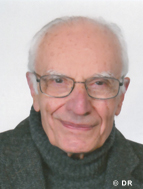
Roger Cayrel
France
1925-2021
Obituary:
It is with great sadness that we learned that Roger Cayrel passed away on January 11th. Born in 1925, former student of the Ecole Normale Supérieure, after being recruited at IAP, he was Astronomer at the Paris Observatory from 1962 to 1995. He served as Deputy Director of INAG (the ancestor of INSU) from 1968 to 1971, and Director of the "Société du Telescope Canada-France-Hawaii" (CFHT) from 1974 to 1980. He directed the construction of the CFHT on site.
Roger Cayrel was a corresponding member of the French Academy of Sciences and an honorary full member of the Bureau des Longitudes.
He was one of the latest representatives of the "Chalonge team", which introduced modern astrophysics in France. He is recognized as one of the pioneers of the precise study of stellar atmospheres.
In 1954, in the context of the great controversy about helium abundance, Roger Cayrel, using very simplified model atmospheres, was able to show that in the B-type star dzeta Per the He abundance was high, contrary to results of Neven & Jager on analogous stars.
Later, by studying the position of the old sub-dwarfs in the HR diagram, he estimated the abundance of He in these old stars, and noted that this abundance has changed little during Galactic evolution.
In 1957, he was one of the first to use a computer (an IBM 650) to calculate model atmospheres, line profiles, and chemical abundances.
In his calculations of stellar lines, Roger Cayrel was one of the first to take into account the hyperfine structure of atomic levels.
He wrote one of the first codes linking the abundance of an element to the equivalent width of the line and was able to show that the abundance of iron was the same in the Sun and in the young giant epsilon Vir.
Roger Cayrel has made important contributions in theoretical astrophysics, advocating rigorous calculations taking into account the formation of absorption lines outside local thermodynamic equilibrium (LTE). This is particularly relevant in the case of metal-poor stars, where the UV radiation field is considerably less absorbed by the lines.
As early as 1963, he noted that the increase in temperature towards the outer stellar layers is explained (without recourse to a supposed mechanical energy dissipation) by the fact that at low densities (chromosphere) photoionizations and recombinations dominate, thus raising the temperature.
He noted that in the young Hyades cluster, the abundance of lithium decreases with the mass of the star faster than what was predicted at that time by theory.
At the beginning of the century, Roger Cayrel developed active collaborations to calculate the profile of absorption lines taking into account convection in stellar atmospheres (3D models). In 2007, he thus determined the profile of the lithium doublet in metal-poor stars, leading to the conclusion that there is no 6Li in these very old stars. This result is now universally accepted.
One of Roger Cayrel's favourite subjects was the chemical evolution of the Galaxy and the study of very old stars. Stars without metals have not yet been found, and very deficient stars are rare. Cayrel explained this fact by noting the rapidity of the mixing of the interstellar gas with the elements produced in massive stars.
In 1999 Roger Cayrel assembled an international team (seven nationalities) to use the newly built UVES spectrograph at the Nasmyth focus of the ESO VLT telescope to determine the distribution of element abundances in the early Galaxy. This Large Program is recognized by ESO as one of the most productive.
Roger Cayrel was not only a theoretician, he was also interested in instrumentation. He strongly supported the creation of the millimetric astronomy in France. He advocated the construction of a 3.6m telescope (Canada-France-Hawaii telescope, CFHT) at the top of Mauna Kea in collaboration with Canada and the University of Hawaii: the site is almost unique for the quality of the images and the transparency of the atmosphere in infrared and ultraviolet. Roger Cayrel succeeded in gathering the elements to build a spectrograph for the coudé focus of this telescope. This spectrograph extended to the near-infrared range and produced many results.
Roger has inspired a whole generation of astronomers, he is a leading example.
Links:
https://www.academie-sciences.fr/fr/In-memoriam/roger-cayrel.html
Past affiliation(s) within the IAU
- Past President of Commission 50 Protection of Existing & Potential Observatory Sites (1976-1979)
- Past President of Commission 36 Theory of Stellar Atmospheres (1973-1976)
- Past Vice-President of Commission 50 Protection of Existing & Potential Observatory Sites (1973-1976)
- Past Vice-President of Commission 36 Theory of Stellar Atmospheres (1970-1973)
- Past Vice-President of Commission 36 Theory of Stellar Atmospheres (1967-1970)
- Past Organizing Committee Member of Commission 50 Protection of Existing & Potential Observatory Sites (1982-1985)
- Past Organizing Committee Member of Commission 50 Protection of Existing & Potential Observatory Sites (1979-1982)
- Past Organizing Committee Member of Commission 29 Stellar Spectra (1970-1973)
- Past Member of Division B Facilities, Technologies and Data Science (until 2021)
- Past Member of Division G Stars and Stellar Physics (until 2021)
- Past Member of Commission 29 Stellar Spectra (until 2015)
- Past Member of Commission 36 Theory of Stellar Atmospheres (until 2015)
- Past Member of Commission 50 Protection of Existing & Potential Observatory Sites (until 2015)
- Past Member of Division IV Stars (until 2012)
- Past Member of Division XII Union-Wide Activities (until 2012)
- Past Member of Special Nominating Committee (2003-2006)
Search individual members
